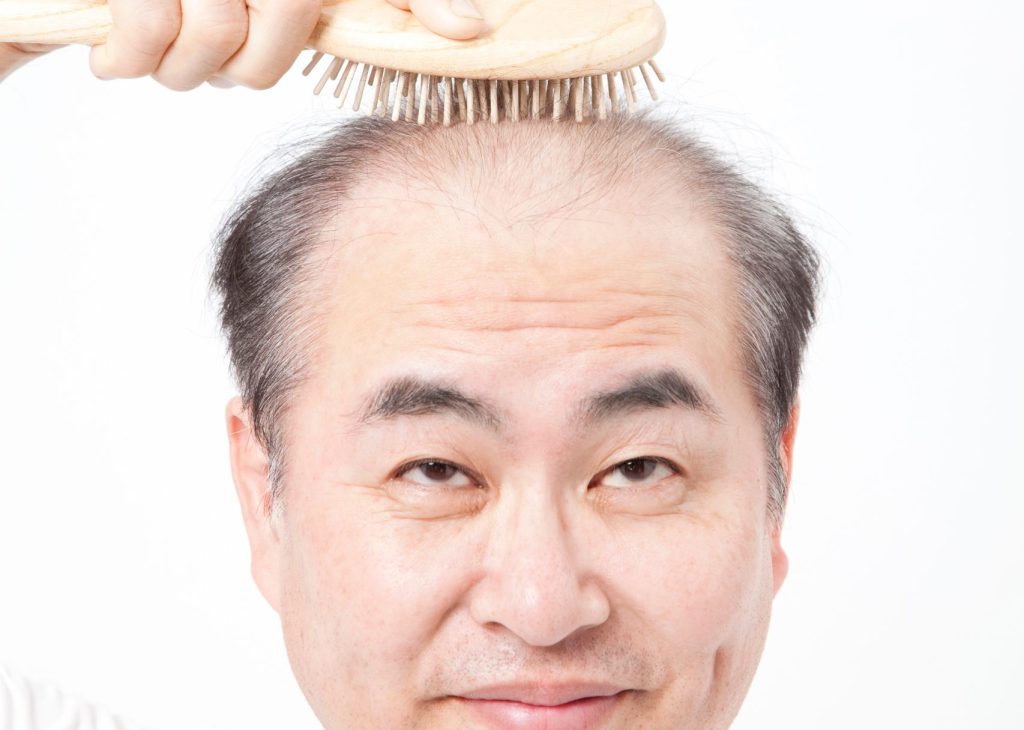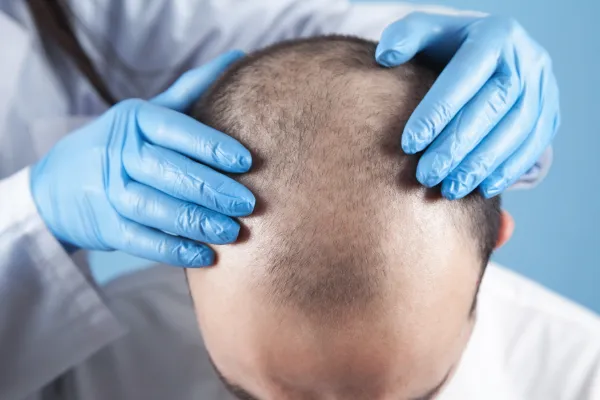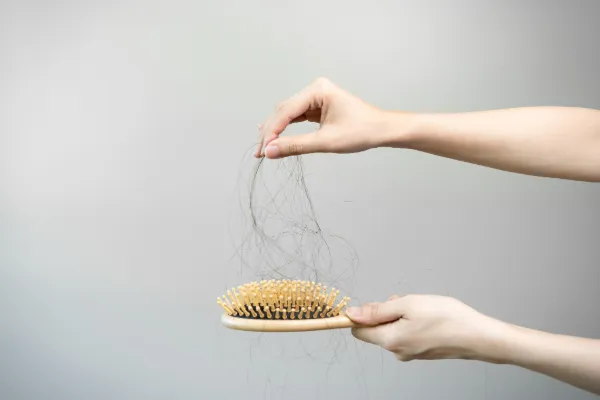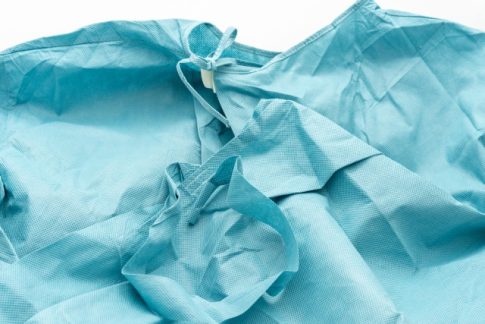この記事の概要
Hair transplant surgery is an effective solution for many people suffering from thinning hair or hair loss, but the procedure can come with some side effects. This article details common side effects associated with hair transplant surgery and how to deal with them.
Common Side Effects
1. Swelling
Overview
You may experience swelling on your forehead and around your eyes after surgery due to the saline and anesthetic solutions used during surgery.
Solution
Sleep with your head elevated: Elevate your head using 2 to 3 pillows to reduce swelling.
Use a cold pack: Apply a cold pack lightly to the swollen area to reduce inflammation, but be careful not to apply ice directly to the area.
Follow your doctor’s advice: If the swelling is severe, consult your doctor and get proper treatment.
2. Pain
Overview
You may experience some pain or discomfort after surgery. This is due to the skin incisions and grafts .
Solution
Painkillers: Take the painkillers prescribed by your doctor appropriately.
Rest and relaxation: Do not push yourself and make sure you get plenty of rest after your surgery.
3. Itching
Overview
You may experience itching at the transplant and donor sites, which is a normal reaction to the wound healing process.
Solution
Don’t touch: Even if you feel itchy, avoid scratching or rubbing the transplant or donor area.
Prescription medications: Ask your doctor to prescribe medications to relieve the itching.
4. Redness and irritation
Overview
You may experience some redness and irritation at the transplant and donor sites for a few days after surgery .
Solution
Follow hair washing instructions: Wash your hair properly as directed by your doctor. Use a mild shampoo and wash gently.
Use anti-inflammatory medications: Take anti-inflammatory medications as prescribed by your doctor.
5. Bleeding
Overview
During the initial stages after surgery, you may experience a small amount of bleeding from the donor and transplant sites.
Solution
Compressive hemostasis: If bleeding occurs, apply gentle pressure with clean gauze or cloth to stop the bleeding.
Call a doctor: If bleeding continues, call a doctor immediately.
6. Scabbing
Overview
A scab may form at the implant site – this is a natural wound healing process.
Solution
Wait for it to fall off naturally: Don’t force the scab off, just wait for it to fall off naturally.
Proper Hair Washing: Wash your hair properly as per your doctor’s instructions.

7. Infection
Overview
Rarely, infection can develop after surgery.
Solution
Maintain cleanliness: Keep the surgical area clean and with proper hair washing and care.
Antibiotic use: Take any antibiotics prescribed by your doctor appropriately.
Consult a doctor: If you experience fever or pus, consult a doctor immediately.
8. Loss of transplanted hair (shock loss)
Overview
Within a few weeks to a few months after surgery, the transplanted hair may temporarily fall out. This is called shock loss and is only temporary.
Solution
Be reassured: Know that shock loss is temporary and new hair will regrow.
Follow your doctor’s orders: Follow your doctor’s advice and continue with proper care.
9. Dullness or numbness
Overview
After surgery, you may experience numbness or loss of sensation in the transplant or donor area because the nerves are temporarily affected.
Solution
Recovery Over Time: In most cases, loss of sensation or numbness will resolve within a few weeks to months.
Consult a doctor: If loss of sensation or numbness persists for an extended period of time, consult a doctor.
General Treatment and Prevention Measures
Proper hair washing and scalp care
Initial hair wash:
Wash your hair for the first time 2 to 3 days after surgery, rinsing lightly with lukewarm water.
Use a mild shampoo:
Use a mild shampoo and wash gently with your fingertips.
Healthy lifestyle habits
A nutritionally balanced diet:
Consume foods rich in vitamins A, C, E, zinc and iron to support healthy hair.
Drink plenty of fluids:
Drink at least 2 litres of water a day to prevent a dry scalp.
No smoking and no drinking:
To improve blood flow and speed up recovery after surgery, quit smoking and drink alcohol in moderation.
Moderate exercise and stress management
Moderate exercise:
To increase blood circulation and support hair growth, try walking, light jogging, or yoga.
Stress Management:
Reduce stress by meditating, taking deep breaths, and taking up hobbies.
Good quality sleep
Get enough rest:
Getting 7-8 hours of quality sleep every night will help maintain your overall health.
Relaxing environment:
Avoid using your smartphone or computer before bedtime and create a relaxing environment.
Moisturizes and protects the scalp
Use of moisturizer:
Use a moisturizer that contains aloe vera or vitamin E to prevent a dry scalp.
UV protection:
When going outside, wear a hat to protect your scalp from UV rays.
Regular follow-up
Follow your doctor’s instructions:
You will have regular follow-up appointments after surgery to check the condition of your scalp and transplanted hair.
Prescription Drug Use:
We will use the medications prescribed by your doctor appropriately to help you recover after surgery.
Conclusion
Hair transplant surgery may be accompanied by some side effects, but knowing how to deal with them properly can help reduce these side effects and ensure the success of the surgery. Following your doctor’s instructions and continuing proper self-care after surgery can help promote healthy hair growth and optimize the results of your surgery. If you experience any side effects, it is important to consult a doctor promptly and receive appropriate treatment.
Hiro Clinic Hair Transplant
Hiro Clinic recommends Natural Pro FUE treatment, which can be used on hairless areas where oral medication or injection therapy is ineffective, and leaves barely noticeable scars. Hair roots are harvested from the back of the head and partially shaved, making post-operative care easier, and only the required number of hairs are transplanted with a natural finish. It is a same-day procedure using local anesthesia, and provides gentle, gradual hair growth at an affordable price, making it a safe option in Japan.








